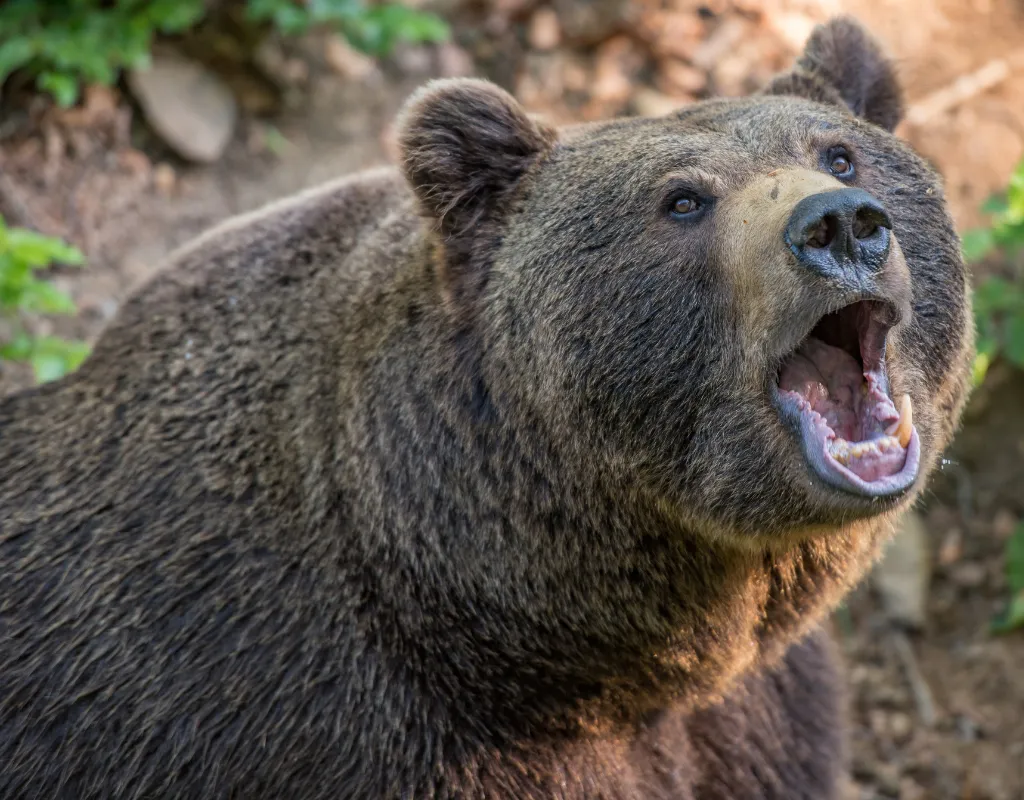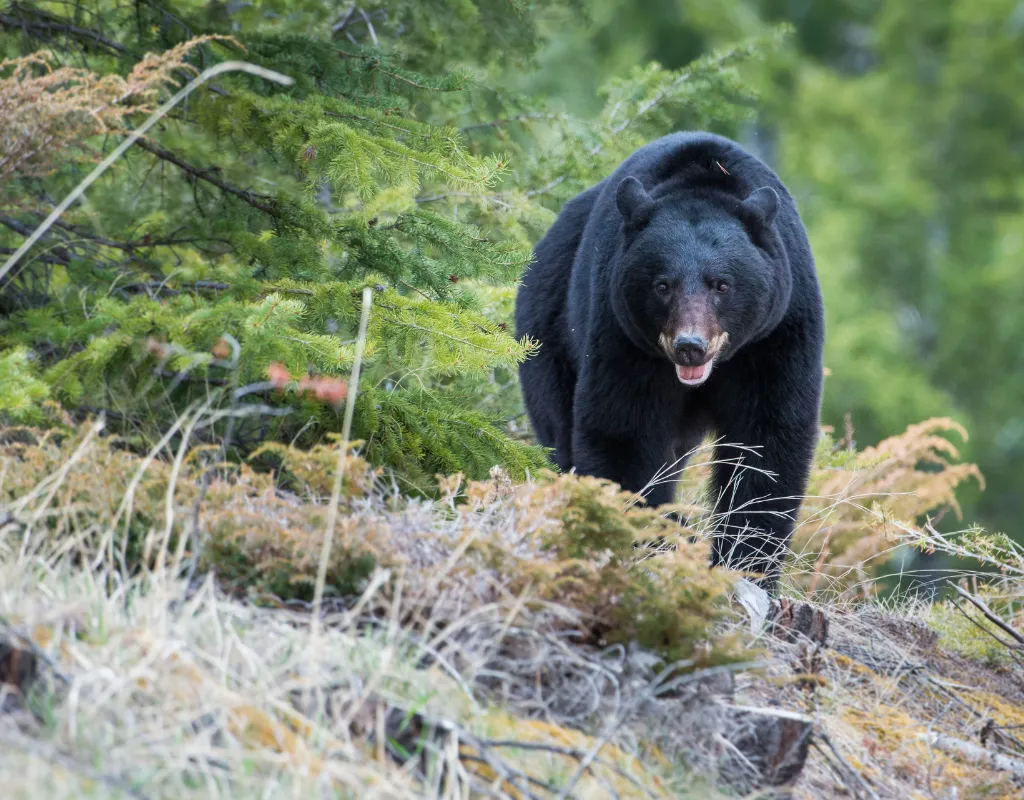- July 16, 2025
- No Comments
In recent years, Japan has seen a sharp rise in bear sightings and attacks, with 2023 marking a record high in human injuries and fatalities. From rural mountains to residential neighborhoods, encounters are becoming more frequent and dangerous. This article explores the latest trends and data on bear attack Japan, including species distribution, recent incidents, and safety concerns.
Table of Contents
Chapter 1: Recent Bear Attack Incidents in Japan
In July 2025, bear-related incidents increased across Japan, with multiple attacks resulting in injuries and fatalities. These events underline the growing concern surrounding bear attack Japan, particularly in rural and mountainous regions during summer when human activity overlaps with bear habitats.
Hokkaido
On July 12, in Fukushima Town, a report of a bear attack led police to discover a man lying in the bushes. The man was later confirmed dead. Authorities believe he was attacked while delivering newspapers. This incident has raised regional concerns about the increasing boldness of bears even in daily activity zones.
Tohoku Region
The Tohoku area experienced several serious incidents:
July 4, Iwate Prefecture – In Kitakami City, an elderly woman was attacked and killed by a bear inside her home.
July 15, Aomori Prefecture – In Hirosaki City, a woman working in an apple orchard was attacked and injured.
July 17, Miyagi Prefecture – A bear sighting at a golf course hosting a domestic pro-am tournament led to the suspension of play.
These cases show that bear attack Japan risks are rising not only in forests but also in residential and recreational areas.
Kanto Region
No confirmed bear attacks involving injuries were reported in Kanto during this period, but increased sightings were noted in mountainous areas bordering Gunma and Tochigi.
Chubu Region
July 13, Niigata Prefecture – In Itoigawa City, a man foraging for wild plants alone in the mountains was attacked by a bear. He suffered head injuries and was hospitalized.
This attack highlights the dangers of solo mountain activities in regions where bears are active.
Tohoku/Chubu Border (Fukushima Prefecture)
July 14, Shimogō Town – Two men conducting wildlife surveys were attacked by a bear on a riverbank. Both were injured and received medical treatment.
This incident emphasizes the need for increased caution during fieldwork in bear territory.
Kansai Region
July 15, Nara Prefecture – In Gojō City, a bear entered a residential property and injured an elderly woman. This rare event in western Japan has prompted increased patrols and local warnings.

Chapter 2: Bear Species in Japan and Their Distribution
Japan is home to two main species of bears: the Higuma (Brown Bear) and the Tsukinowaguma (Asian Black Bear). These species inhabit different regions, and understanding their distribution is essential to grasping the recent increase in bear attack Japan incidents.
Higuma (Brown Bear)
Scientific name: Ursus arctos yesoensis
Found only in Hokkaido, Japan’s northernmost island.
Larger and more powerful than the black bear, with a broader habitat range including forests, river valleys, and alpine areas.
Tsukinowaguma (Asian Black Bear)
Scientific name: Ursus thibetanus japonicus
Distributed across Honshu and Shikoku, mostly in mountainous forested areas.
Recognizable by the white crescent-shaped mark on the chest.
National Distribution and Expansion
According to Japan’s Ministry of the Environment, bear species are now permanently distributed across 34 prefectures. Their range has extended significantly since the early 2000s. With the exception of Chiba and Kyushu, bears can now be found across nearly the entire country.
From fiscal year 2003 to 2018, bear distribution increased as follows:
Hokkaido (Higuma): 129% increase
Tohoku region: 134% increase
Kanto region: 126% increase
Chubu region: 127% increase
Chugoku region: 270% increase
Kinki (Kansai) region: 169% increase

Chapter 3: Increase in Bear Sightings and Human Encounters
According to the Ministry of the Environment, bear sightings and encounters in Japan have reached record levels in 2023. The number of reported bear appearances was the highest ever recorded.
Research indicates that bear sightings tend to increase notably during June and October, which are peak months for bear activity. This rise is linked to seasonal behaviors such as foraging before summer and fattening up before winter hibernation.

Chapter 4: Bear Attack and Injury Statistics
As mentioned earlier, bear attacks in Japan are on the rise. The number of bear-related injuries and fatalities reached a record high in 2023, according to official data.
What’s especially concerning is that many of these incidents no longer occur deep in the mountains but within residential areas and everyday living spaces. Bears are increasingly coming into close contact with people, making encounters more dangerous and unpredictable.
This trend underscores the growing threat of bear attack Japan cases and the importance of public awareness and preventive strategies in both rural and urban areas.

Conclusion
With bear sightings and attacks increasing across Japan, awareness and preparation are more important than ever. Whether hiking, foraging, or simply living near mountainous areas, understanding bear behavior and recent trends can help reduce risk.
Here are some basic safety tips to protect yourself:
Avoid going into the mountains alone. Use a local guide if unfamiliar with the area.
Make noise while walking (bear bells, radios, or talking) to avoid surprising a bear.
Stay alert in early mornings and evenings, when bears are most active.
Never leave food or garbage outside, as it may attract bears.
Check local bear sighting reports before entering forests or mountain trails.
By staying informed and cautious, it’s possible to enjoy nature in Japan safely—even as bear encounters become more frequent.
References
Ministry of the Environment (Japan). Bear Species Distribution and Damage Status (PDF)


